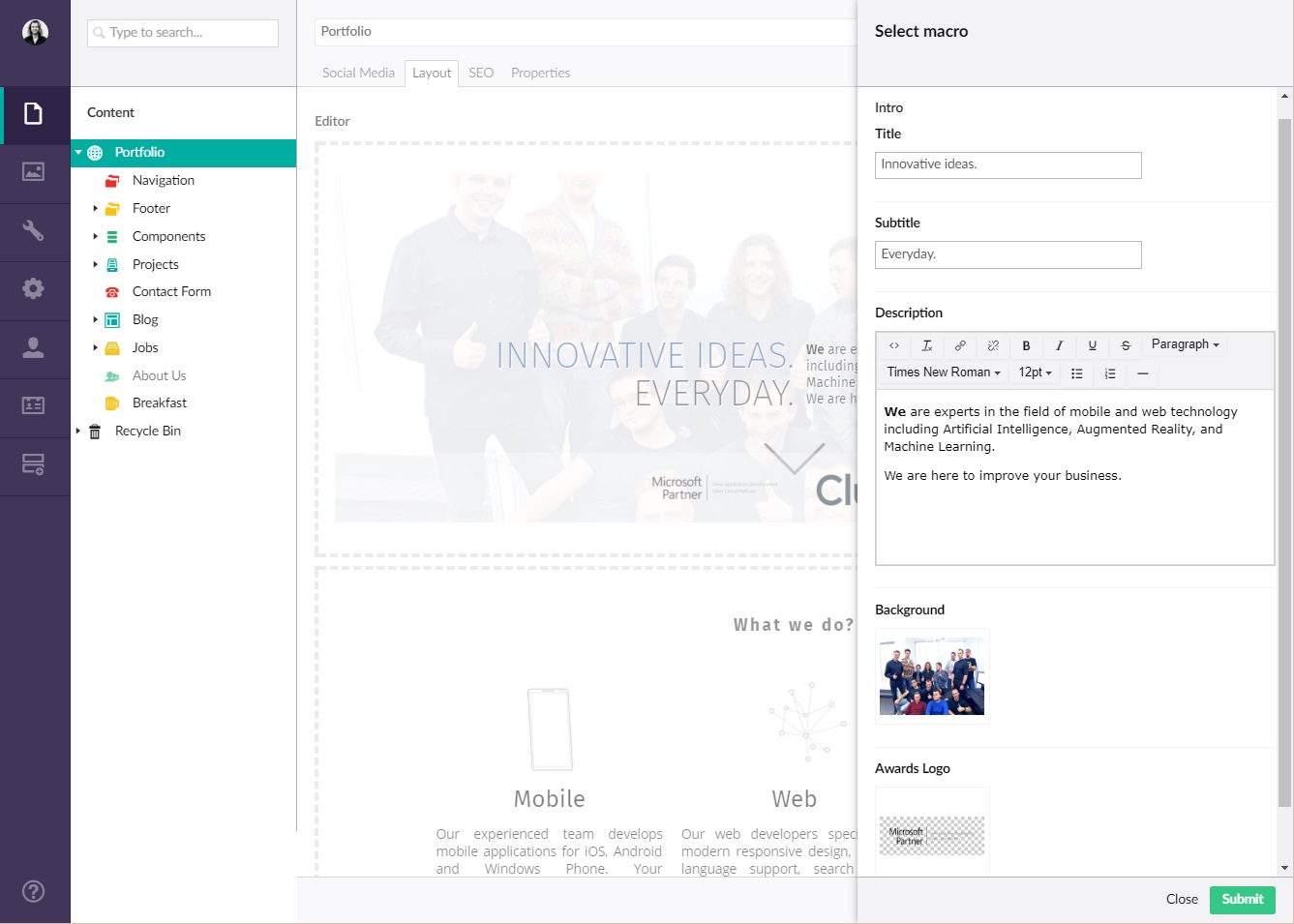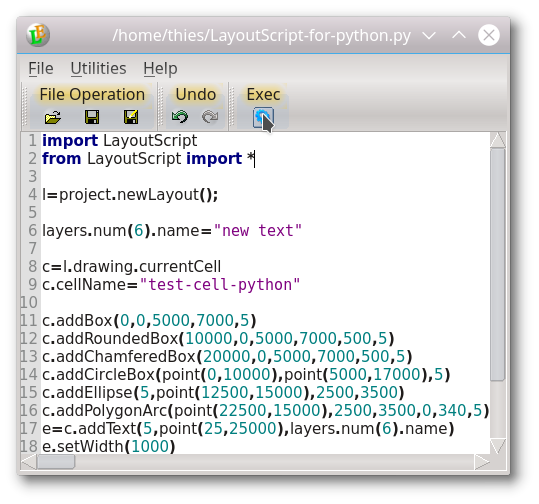

See the following sections for changing the visitation order.) The system replaces the layout toolbar with the ordering mode toolbar. (You cannot adjust the visitation order from this menu path. For instance, the DCM's first active field has a value of 10, and the next field in the visitation order has a value of 20. To simplify reordering, the values are multiples of 10. The DCM Layout Editor replaces each response field's Question name with its cursor visitation order value. To display a layout's cursor visitation order, from the Order menu, select Display. If a default or modified layout does not have the most efficient or intuitive visitation order, you can resequence the values. Until you use the DCM Layout Editor's Order utility, fields retain their default visitation order values, even if you move them in the Layout Editor.
#LAYOUTEDITOR MACRO LOOPS GENERATOR#
The default Layout Generator assigns visitation order values to each field from left to right, top to bottom according to the Questions' Disp Seq# values in the DCM Questions form.

#LAYOUTEDITOR MACRO LOOPS UPDATE#
Save - Update the database with the current version of your edits.The following are the function of each menu entry: Otherwise they remain in the clipboard, and an error message appears. The editor pastes objects at the clicked mouse location if they fit there. Select Paste, then click where you want to place it. Use the Page list to move to the page where you want to place the object(s). Select the object(s) you want to move to another page. From the Special menu, select Edit Layout.From the Definition menu, select DCMs, then choose DCMs.The use of different DCM layouts does not affect the underlying structure of the DCM, nor the organization of the resulting data in the database. You need create only one DCM in Oracle Clinical, with two layouts tailored to each laboratory's usage.

The ability to create more than one layout for a single DCM, combined with the ability to tailor each one, means that you can create different layouts for different uses.Īn example of this flexibility is a case where two laboratories collect data in different Question sequences and with different labels.

The DCM Layout Editor can display all the Questions in a particular Question Group, including all repeating instances of fields. The DCM Layout Editor allows you to modify data entry forms to more closely resemble CRFs, to improve the efficiency of data entry, or to add on-screen information.


 0 kommentar(er)
0 kommentar(er)
